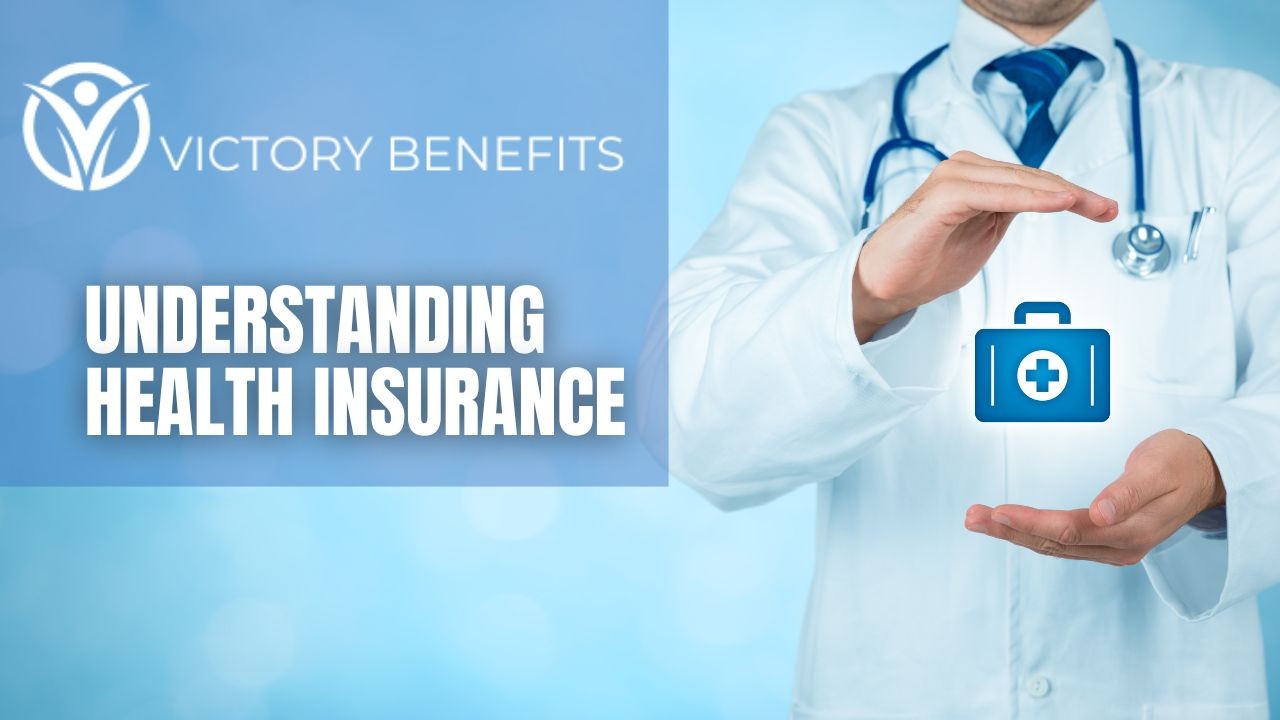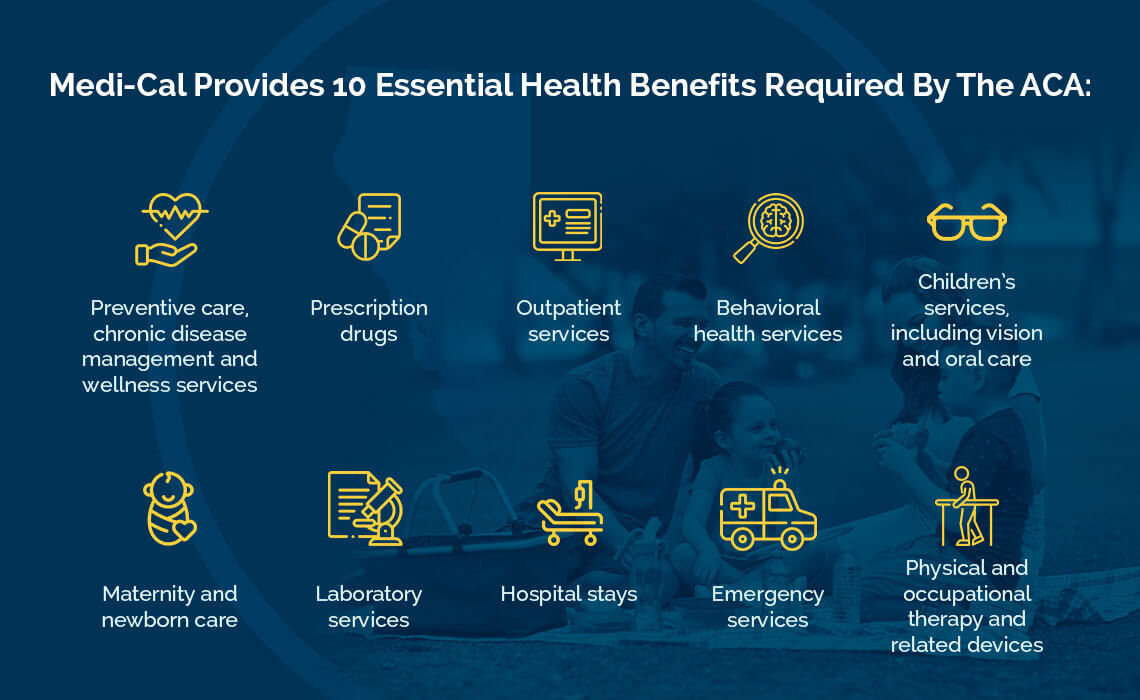Medicare Advantage Agent Things To Know Before You Buy
Table of ContentsThe smart Trick of Medicare Advantage Agent That Nobody is Talking AboutAn Unbiased View of Medicare Advantage AgentThe Greatest Guide To Medicare Advantage Agent


follows from adheres to the perplexing young reasonably profile of account uninsured with without insurance better healthFar better health and wellness average, of younger persons. For those without accessibility to office health and wellness insurance coverage, bad health and wellness is a potential barrier to purchasing nongroup coverage since such protection may be very valued, omit preexisting problems, or be merely inaccessible. Unless or else kept in mind, nationwide quotes of people without wellness insurance and proportions of the population with different kinds of insurance coverage are based on the CPS, the most commonly made use of resource of quotes of insurance policy coverage and uninsurance rates.
.png)
Medicare Advantage Agent Things To Know Before You Get This
Over a three-year duration beginning early in 1993, 72 million people, 29 percent of the united state populace, lacked protection for at the very least one month. Within a single year(1994), 53 million people experienced a minimum of a month without insurance coverage(Bennefield, 1998a). 6 out of every 10 without insurance grownups are themselves utilized. Although functioning does enhance the chance that a person and one's member of the family will have insurance coverage, it is not a warranty. Also members of family members with two full time breadwinner have nearly a one-in-ten opportunity of being uninsured (9.1 percent uninsured price)(Hoffman and Pohl, 2000 ). The connection between wellness insurance and access to care is well established, as recorded later in this phase. Although the relationship in between health and wellness insurance policy and wellness results is neither straight neither easy, a considerable medical and wellness solutions study literature links medical insurance coverage
to improved accessibility to care, far better top quality, and enhanced individual and populace health status. The 2nd report, on personal wellness results for uninsured adults, is stood for by the innermost circle of the number, while the 3rd record, on family members wellness, includes the topics of the second report however emphasizes a different device of evaluation, namely, the family. The 6th record in the series will offer information concerning approaches and campaigns embarked on locally, statewide, or country wide to deal with the lack of insurance policy and its adverse influences. Degrees of analysis for examining the effects of uninsurance. This discussion of wellness insurance policy coverage focuses primarily on the U.S. populace under age 65 since basically all Americans 65 and older have Medicare or various other public insurance coverage.
Furthermore, it concentrates especially on those without any type of wellness insurance coverage for any kind of size of time. The troubles dealt with by the underinsured remain in some respects similar to those faced by the uninsured, although they are usually much less severe. Uninsurance and underinsurance, nevertheless, entail definitely various plan concerns, and the strategies for resolving them may differ. Throughout this research and the five reports to follow, the primary focus gets on individuals without any medical insurance and thus no assistance in spending for healthcare beyond what is available through charity and safety and security web institutions. Health Look At This insurance policy is a powerful factor influencing receipt of treatment due to the fact that both individuals and physicians reply to the out-of-pocket cost of solutions. Medical insurance, however, is neither needed nor enough to get to medical services. Nevertheless, the independent and direct impact of health
insurance coverage on accessibility to health services is well established. Others will certainly obtain the health treatment they need even without medical insurance, by spending for it expense or seeking it from carriers who offer treatment free or at extremely subsidized rates. For still others, medical insurance alone does not ensure invoice of treatment because of other nonfinancial obstacles, such as a lack of health and wellness treatment suppliers in their area, limited accessibility to transport, illiteracy, or etymological and social differences. Formal research study concerning without insurance populations in the United States dates to the late 1920s and early 1930s when the Committee on the Expense of Medical Treatment produced a series of reports concerning financing doctor office visits and hospitalizations. This concern became salient as the numbers of medically indigent climbed up throughout the Great Depression. Empirical studies regularly support the web link in between accessibility to care and enhanced wellness end results(Bindman et al., 1995; Starfield, 1995 ). Having a normal source of care can be considered a forecaster of accessibility, instead of a direct action of it, when wellness end results are themselves made use of as access signs. This extension of the notion of access measurement was made by the IOM Committee on Keeping An Eye On Gain Access To to Personal Healthcare Provider(Millman, 1993, p. Whether parents are guaranteed shows up to influence whether their kids get care along with exactly how much careeven if the kids themselves have insurance coverage(Hanson, 1998). The wellness of parents can affect their ability to look after their youngsters and the degree of household tension. Worrying regarding their kids's access to care is itself a resource of tension for moms and dads. Three phases adhere to in this record. Phase 2 offers a summary of how employment-based medical insurance, public programs and private insurance plans run and connect to supply comprehensive however incomplete coverage of the united state population. This consists of an evaluation of visit the site historical patterns and public policies impacting both public and private insurance, a conversation of the interactions amongst the different kinds of insurance coverage, and an examination of why individuals move from one program to an additional or finish up
